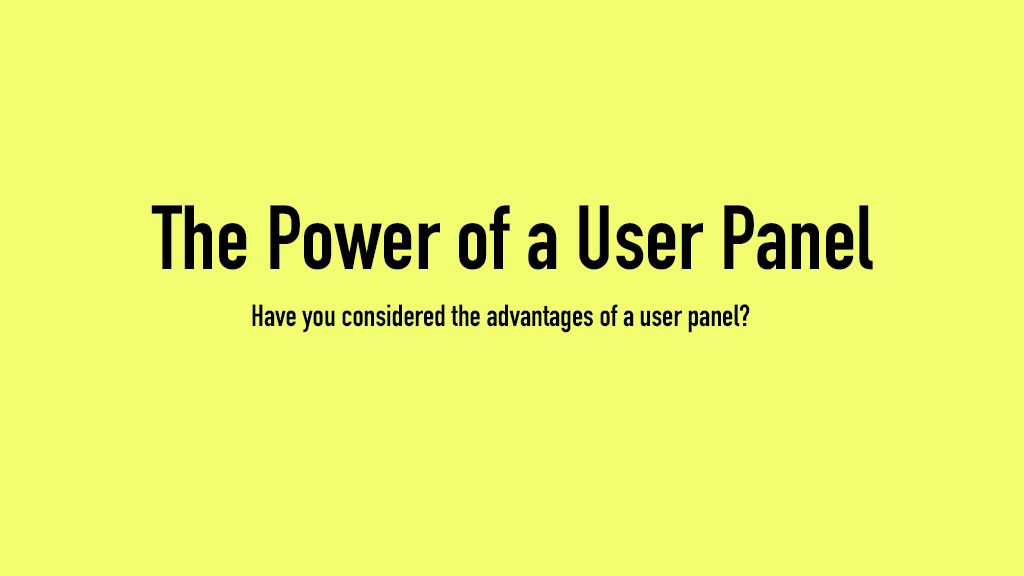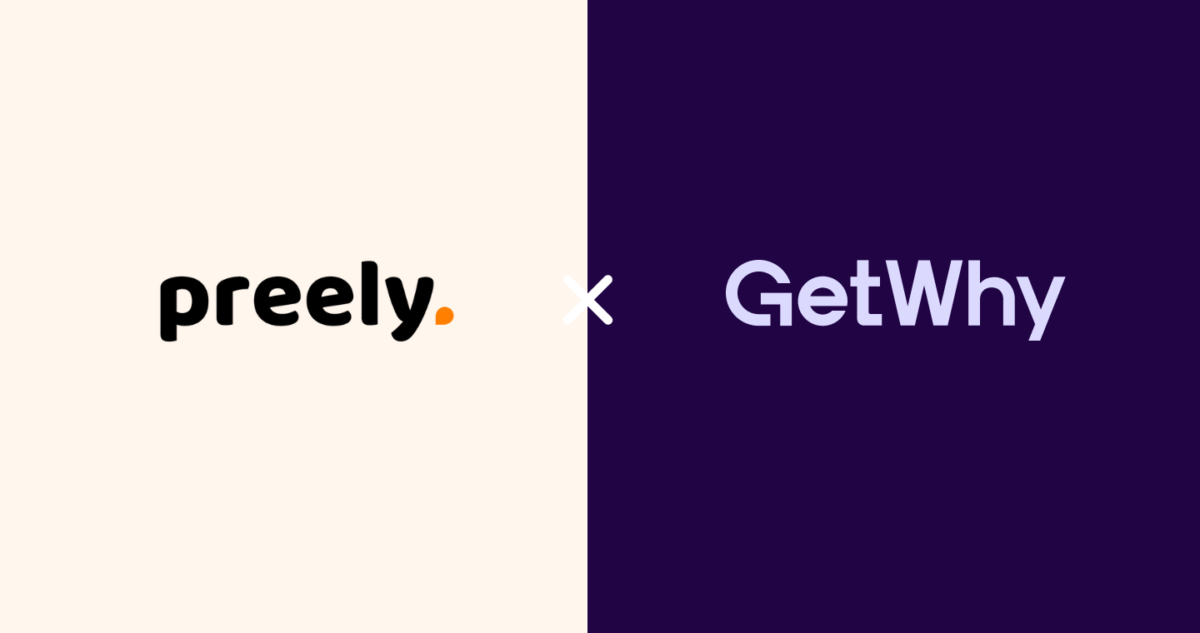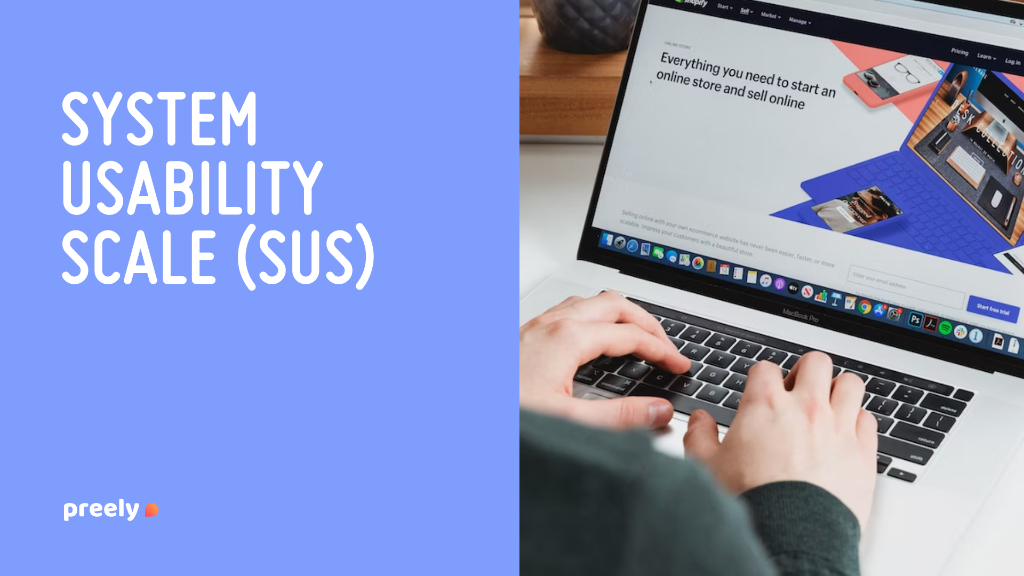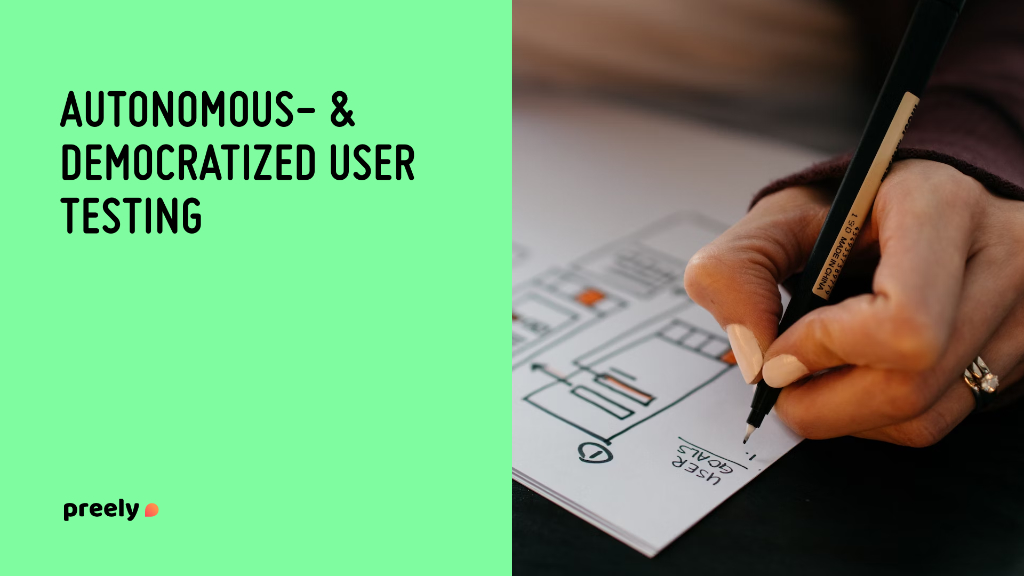In Blog, Customer Stories, Design & Product
How to make your new colleagues understand that UX is so much more than fonts and colors
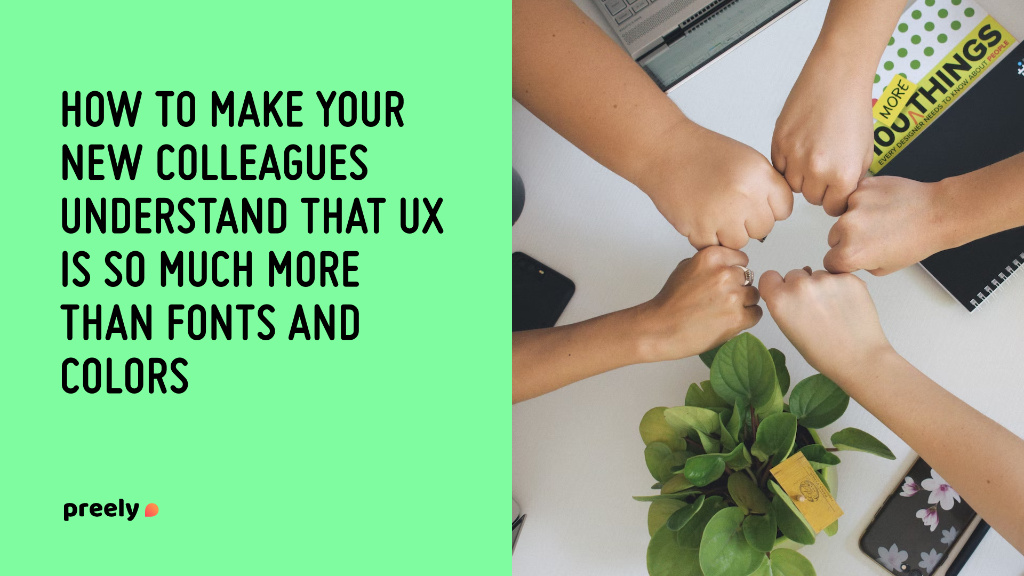
A year ago, I had landed my dream job as a User Experience Consultant in one of the largest telco companies in the Nordics, and I was ready to help our B2B customers have the time of their life when using our product.
At the office, I was greeted by the smiling faces of my new colleagues, who wanted to know more about me. As I introduced myself, I heard the inevitable “Oh! You’re the new girl with all the colors and fonts, right?”. As I politely smiled and replied “Well, something like that”, a feeling of dread started to manifest itself in the pit of my stomach. Previous work experience had taught me that many non-UX people saw UX as “theoretical nonsense” that didn’t add value to the business, and I feared that this was also going to be the case at my new job.
As UX designers we often meet the misconception about our field that opinions and facts about users are of equal value. And because businesses often intuitively feel that they know their customers, UX research isn’t prioritized, which results in poor working conditions for the UX consultants and even poorer solutions for the end users.
The misconceptions often stem from a lack of understanding. And how can you see the value of something, you don’t understand? So I set out on a quest to enlighten my colleagues. I wanted them to see why and how UX was beneficial to them – and to our end customer – and I ended up learning so much about the importance of understanding each other along the way. It might sound fluffy but bear with me.
From enemies to a team – or how I taught the stakeholders to understand UX
Project managers and product owners are often seen as the natural enemy of UX professionals. Where they often see us as the people with fonts and colors, we see them as enemies, who answer every attempt at asking user-centric questions by shouting things like “time to market”, “challenger mindset” and “we already know our users, let’s be fast and agile about it!”
But what if we were wrong? What if we were all just a bunch of people who thought we were working towards the same goal but had somehow tricked ourselves into believing that the other person was the enemy?
I decided to visit the opponents’ trench and empathize with my not-so-enemy-like project managers and product owners. I wanted to see things from their perspective and most of all: I didn’t want to make the same mistake I accused them of: making biased conclusions.
It quickly became clear that the root cause of a lot of our problems and our enemy número uno was a lack of awareness and alignment. We all wanted the same thing, we all wanted to create solutions that our users loved, and our competitors envied – we just didn’t agree on the importance of user involvement.
The real war was against discourses and a lack of knowledge about UX. Not against stakeholders that wanted to steal away my right to do user research.
Eliminating the lack of alignment
It is my experience that if you make your colleagues understand your UX point of view, UX as a field gets better conditions, which is beneficial both to our job satisfaction as UX professionals, the processes within the organization, and the user experience of the customers/end users.
It didn’t take long for me to see that one of the root causes of the disagreement on the importance of UX was a lack of alignment. We all wanted to provide a great user experience for our customers, but we weren’t aligned on what that meant. Every stakeholder was fighting their own battle for what they believed to be the best solution, unfortunately with little to no involvement from our customers, the people, we claimed to want to make a great user experience for.
So we made a workshop with the purpose of finding a definition of this elusive Great User Experience for our self-service platforms, and a strategy for how to get there. The first step was to create a UX vision (read more about how you can create one of those here).
Once we had defined our common goal, I was ready to move on to the next step of the process:
Making my colleagues understand how UX would benefit them
Remember when I was called “the girl with all the colors and fonts”? That moment defined my next step: making my colleagues understand the field of UX.
My stakeholders didn’t ask me if I was the fonts and colors-girl to annoy me. They did it because they didn’t know what the UX process was, and how it could help them. What I needed to do now was to make them understand how they would benefit from a proper UX process.
See, a proper UX process would make sure that the solutions, my stakeholder colleagues spend so much time and energy creating, also solved the actual problems of our actual customers.
But simply telling the stakeholders about the benefits of proper UX processes was not enough. I needed something that would ensure that our stakeholders would always know exactly the value UX work provided.
Documentation and communication of user insights
To ensure that the stakeholders and I were on the same page, I knew that I still had a highly important task left: I had to make sure that I would always document my research and make the findings accessible not only to me and my teammates but to everyone in our organization.
As UX professionals we often must meet deadlines set by people who don’t understand the importance of the research phase. The result is that we often have to cut corners to meet these deadlines. And the part that often gets cut is where we document and communicate our findings. And while I understand this (because let’s be honest, it’s frustrating to present research, only to be met with other people’s suggestions based only on their own opinions), I also believe that skipping documentation and communication only hurts our work in the long run.
When we document and communicate our work and make it accessible, we also increase the visibility and the value of UX. And it has been my experience, that when I put effort into sharing my findings with my colleagues, they slowly gain both understanding and appreciation of the beautiful field of UX.
Setting KPIs to create common ground for evaluating UX
Without proper documentation in all stages of the process, the only proof of our UX work is the solutions we create – and while our wireframes are often bent and formed by biased opinions of stakeholders, it becomes difficult to create solutions that fit our users’ needs if the essential choices cannot be traced back to our great UX work.
Because when non-UX people don’t understand what UX is, they will often attribute the success to other factors, which allows them to believe that UX is really just about fonts and colors.
In other words: if we don’t document and share the user insights that we provide in a common language, our research only lives within us and can be misinterpreted as attitudes instead of facts and data-driven recommendations. You can find inspiration and knowledge for creating your own UX research report template here.
Another essential part of making UX visible is KPIs.
In my case, I collected my teammates, grabbed the UX vision that we had just made, and started defining KPIs for our platform. These KPIs should provide an overview of the overall state of the product as well as a tool for creating relevant and clear goals to reach our vision. I used the Google Heart framework to help us select our KPIs.
The KPIs have been tremendously helpful because they have created a common ground for us to evaluate the user experience, we’re creating. And because we have set the KPIs together, they work as a tool for both me as a UX professional and my stakeholders.
The work isn’t over. In fact, it never will be
I know that this isn’t the end. I haven’t created a perfect foundation for UX at my workplace, but I have taken the first steps to creating a more user-oriented way of work. Step one has been to create awareness and a common understanding of UX work and the value it provides while making sure it was measured, goal-oriented, and accessible to others.
The changes that we’ve implemented in the last year will be continuously revisited, and our UX process will be evaluated and refined. But isn’t that the beauty of it all? To see our work as something that evolves with us and our level of UX maturity, allowing us to implement beneficial changes as we learn them along the way?
And as my manager said to me on my 1-year anniversary: “Has it really only been a year – it feels like you’ve been here forever.” I had to agree. What an amazing year it has been.


